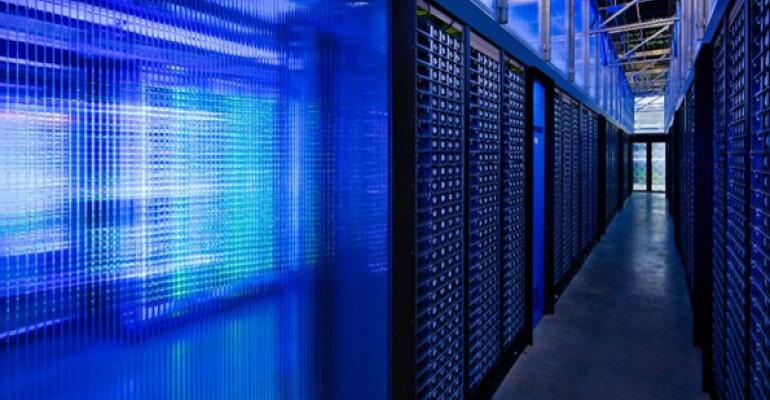Demand should dictate lease costs, right? Yes, usually. But this maxim isn’t always true for the data center properties that are operating to host the zettabytes of data—that’s trillions of gigabytes—we’re all punching through with social media and synced business operations.
According to a recent CBRE study, a company looking to lease at a data center will spend $12 million more in one major city than another for the same amount of space. That’s because of variables such as new vs. mature markets, the local cost of power, climate issues, environmental risk, taxes and government incentives. For example, a market with a lot of properties, such as Silicon Valley, costs less to lease in than the up-and-coming Omaha, Neb., market, says Pat Lynch, managing director of CBRE’s data center solutions division.
Regardless of the cost, however, commercial real estate investors are stumbling over themselves to log into data centers. The average property in the sector increases in capacity by 50 percent every year, and the growth is not expected to stop. Consumers are today continuously eating more and more data, with smartphones and iPads, and businesses keep increasing their digital needs. According to the CBRE report “Leasing a Data Center: U.S. Market Cost Comparison,” global data center traffic will nearly triple from 2012 to 2017 to 7.7 zettabytes per year—that’s 7.7 trillion gigabytes, enough streaming power to play music on a device for every person on earth for 1.6 years.
“All that data that’s created, it has to go somewhere,” says Lynch. “It’s all going into the cloud. And many of the current data centers now out there today are already seven to eight years old, with obsolete equipment. Investors are taking notice, these properties are generally the most expensive property that they own.”
He says digital companies large and small are building new properties to handle the load. Total inventory in the primary data markets reached about 1.1 million megawatts as of the second quarter, increasing 31 percent since the previous year. There’s another 107 megawatts now under construction in these markets, according to CBRE. The data center market prefers to measure properties by megawatts, instead of square footage. There’s not a matched comparison of megawatts to square feet, although the average cost across the 23 major data center markets for a seven-year lease term is about $46 million, according to the report.
Getting on the cheap side of the average depends on location, Lynch says. The least expensive markets are Atlanta; Colorado Springs, Colo.; Northern Virginia; Portland and Seattle, with these markets offering low lease rates and below-average power costs. The most expensive markets are Boston; Des Moines, Iowa; Kansas City, Mo.; Northern Florida and Omaha, Neb., with high lease rates being the most significant cost. Both Boston and Norhern Florida also have high power fees and taxes. None of the West Coast markets rank in the most expensive markets.
Governments have recognized the discrepancies, and 19 states offer programs customized for the data center industry. Several of the Central region’s less mature markets offer the best potential tax incentives, an average of about $2 million in lease savings, in places such as Phoenix; Dallas; Houston; Kansas City, Mo.; Omaha, Neb., and St. Louis. However, the last three markets also have high lease rates, offsetting the benefits of the incentives, Lynch says. “States are still learning this, it’s still a relatively new sector,” he says.
Bo Bond, managing and regional director with JLL’s data center solutions division, says he’s seen significant development in the data center sector in the past year, and expects more projects to go up in 2015. “Absorption has been significant, supply as soon as it gets built, it’s full,” he says. “In a majority of the large markets, providers and the REITs are building data center space as fast as they can.”


